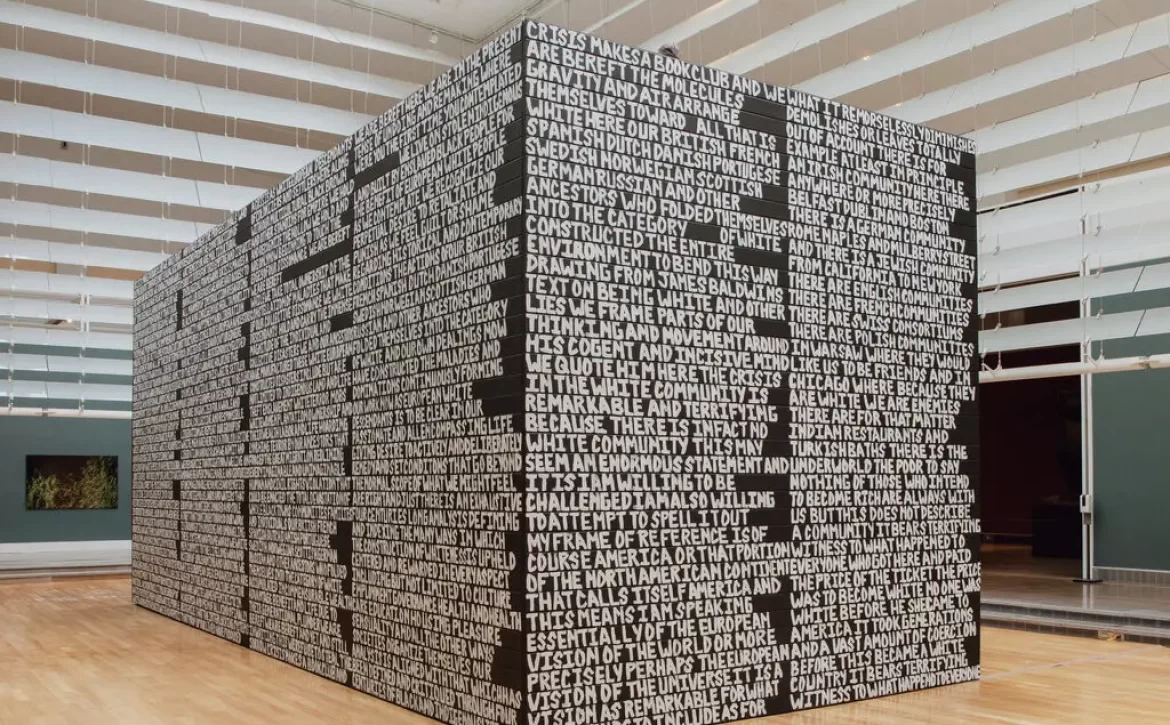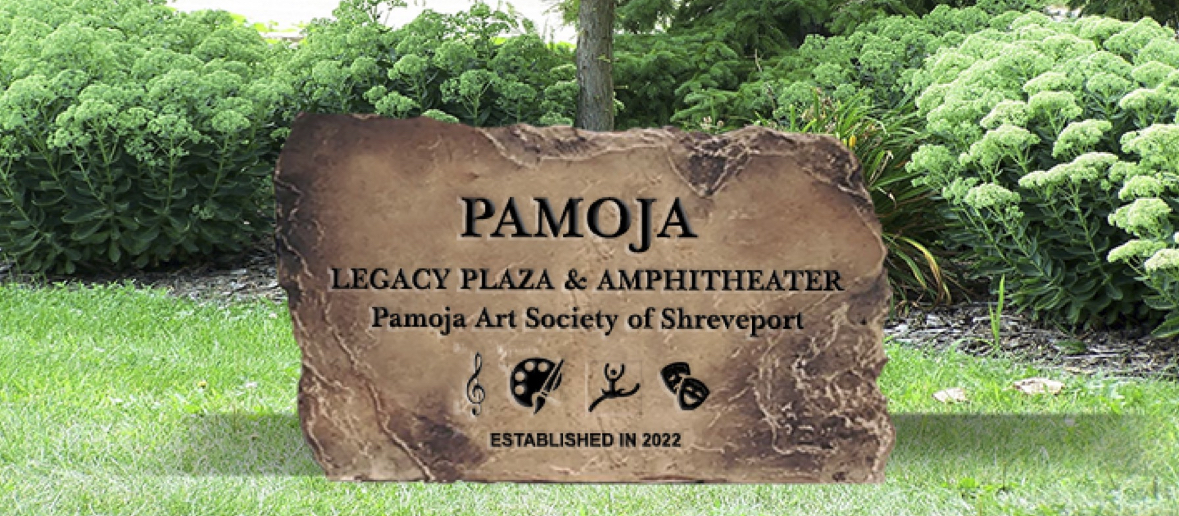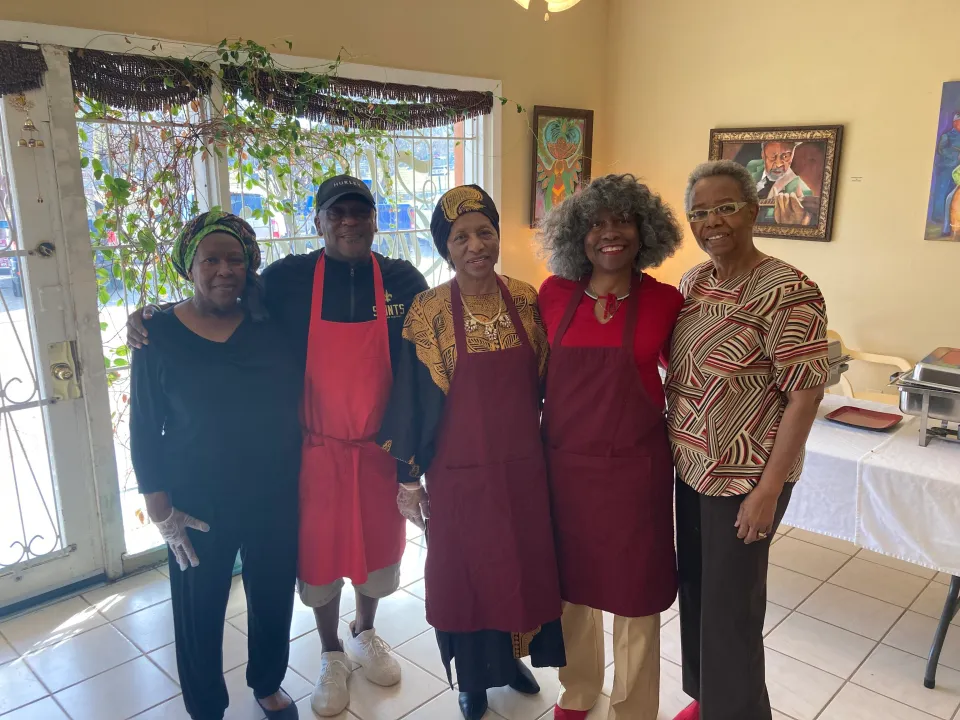10 Black Artists Who Changed Art History
by Lauren du Plessis
From pastoral landscapes to protest art, discover the work of ten pioneering black American artists and their history
Art tends to have two effects on us when we view it. The first is the purely aesthetic, the heart-wrenching power of seeing something novel, beautiful, frightening, or unexpected. Second is the theme: that search for meaning that asks, “who made this, and why?”
Below are ten of the most influential Black painters, sculptors, and photographers from the last two hundred years of American history. From breaking down barriers to establishing new cultural canons, these artists have pioneered the portrayal of Black experience in the United States through works that do all of the above: inspiring wonder, hope, and shock in equal volumes.
In response to both historical and contemporary injustices, Black art gives voice to those previously silenced. At the same time, several art movements have celebrated the beauty and flourishing of Black culture.
Notable movements include the Harlem Renaissance of the twenties and thirties, which revived African American music, art, writing, and scholarship. In the sixties and seventies, the Black Arts Movement (BAM) combined activism and art to invoke pride in Black history and culture. Though not predominantly arts-focused, the Black Lives Matter movement has led to large-scale murals and public artworks that at once protest police brutality and convey hope, solidarity, and a colorful reinvention of spaces. Looking forward, Afrofuturism imagines speculative futures and technologies that blossom out from Black experiences.
All this has come from a diverse history: from Romantic landscapes to bold abstraction. Without further ado, let’s dive into this journey through the work of ten iconic artists…
Robert Seldon Duncanson (1821-1872)
Robert S. Duncanson was a landscape painter whose work frequently depicted rivers and lakes against glowing, golden sunsets. Associated with both the Hudson River School and the Ohio River Valley tradition, he was the first African American artist to become known internationally.
He had no formal training, and taught himself by using other artists’ works as reference and sketching outside. His most famous work, Land of the Lotus Eaters, has a mythical and Romantic feel. Later in life, he lived in Canada and toured the United Kingdom.
Edmonia Lewis (1844-1907)
Also known by her Native American name, Wildfire, Mary Edmonia Lewis was the first professional African American and Native American sculptor. She grew up in New York then went to college in Ohio, but was met with hostility and racism, being accused of several crimes before leaving.
She found a teacher who helped her learn sculpture, and launched a successful career, making sculptures and busts of abolitionists. However, the praise she received often felt insincere, and she worried about being taken advantage of. Relocating to Rome, she found more artistic and spiritual freedom, and her career solidified. Her neoclassical style of sculpture, and passion for abolitionist causes, can be seen in many pieces, such as ‘Forever Free’, below.
Henry Ossawa Tanner (1859-1937)
Henry Ossawa Tanner was born in Pennsylvania to a bishop and abolitionist father, and lived near artist Robert Douglass Jr. who inspired him to become a painter. He went to the Philadelphia Academy of the Fine Arts and studied anatomy intensively. Later, he traveled to Paris, where art circles were more open, and he grew a strong reputation in France.
He painted portraits, seascapes, and increasingly religious works, and became internationally acclaimed. His realist oil paintings are often illuminated in pastel tones, contrasted with moody blues and warm oranges.
James Van Der Zee (1886-1983)
Photographer James Van Der Zee was born in Massachusetts and early on displayed keen musical talent, although by his teenage years he had also built a darkroom in his parent’s house. He moved around New York and New Jersey, before settling in Harlem.
Van Der Zee founded an art and music conservatory with his sister, and later a photography studio with his wife. Throughout the twenties and thirties he became well-known, photographing celebrities and his Harlem neighbors alike.
Alma Thomas (1891-1978)
Alma Thomas was born in Georgia to a dress designer and a businessman. After moving to Washington following the Atlanta race riots, she was able to access art classes for the first time. She went on to study fine art at Howard University, where some sources claim she was the first woman in America to earn a Bachelor’s in art.
She taught in a school until retirement, but continued to study sculpture and painting, developing her signature style with abstract expressionist and color field influences. Going on to create a number of bright collections, she exhibited her work around the country, finding fame at the age of eighty. Rather than producing explicit social commentary in her works, she wrote that she “sought to concentrate on beauty and happiness.”
Augusta Savage (1892-1962)
This iconic sculptor loved to make things from childhood, and after taking a clay modeling class, her passion was cemented. She was awarded a scholarship in New York and completed her four-year course in only three. However, Savage was continuously discriminated against and rejected from further art studies, or was unable to afford the high living expenses.
Nonetheless, her sculptures became recognized and she received commissions from prominent social figures. Her community raised funds for her, and finally, she was able to attend a school in Paris. On returning to the US, she ran workshops and contributed to the early careers of many significant artists. As her work was often clay or plaster, much of it is missing or has been damaged. Even so, her influence is undeniable and she is now appreciated as a leader of the Harlem Renaissance.
Aaron Douglas (1889-1979)
Another figurehead of the Harlem Renaissance, in his early years Aaron Douglas took art classes and later went to the University of Nebraska to study Fine Art. He came to Harlem during the height of the Renaissance, where he painted murals and became an art editor and illustrator, bringing attention to racial injustices of the time through his work. His murals became noteworthy and he was commissioned on several large projects.
Keen to see young Black artists prosper, Douglas was involved in the Harlem Artists Guild and towards the end of his career, he founded a new art department for Fisk University in Tennessee, where he taught until retirement. His African-centered imagery and use of silhouettes creates a sense of unity between African Americans and Africans.
Gordon Parks (1912–2006)
Known for photojournalism, Gordon Parks also directed major films that told the stories of slaves and mistreated Black Americans. He was born to a farming family in Kansas and his early life was deeply affected by segregation and limited opportunities. Still, he taught himself photography skills, and quickly caught the eye of photography clerks, who helped him find work.
He ended up in Chicago, photographing socialites, fashion, and portraits. He joined the FSA (Farm Security Administration) to document the lives of poor communities. One of his best-known photographs, American Gothic, shows a cleaner named Ella Watson standing in front of the American flag with a mop.
Later, he took photographs for Vogue and Life magazine and published books, before consulting on Hollywood films and moving into directing and producing.
Jacob Lawrence (1917-2000)
Referring to his style as “dynamic cubism”, fused with the aesthetics of Harlem, Jacob Lawrence was a painter known for his use of bright colors. After living in foster care and then reconnecting with his mother in Harlem, Jacob attended classes at the Harlem Art Workshop, where he worked with Augusta Savage.
His work mixed stories of the African American struggle during the Great Depression, with bold color and striking shapes. He created long series of paintings to tell stories, such as the “Migration Series”, where he showed Black Americans moving away from the rural South. He worked in tempera, screenprints, and other media.
Jean-Michel Basquiat (1960-1988)
Part of the Neo-expressionist movement, Jean-Michel Basquiat’s career had a global impact on the art world. After struggling at school, he and his friend Al Diaz formed a graffiti duo around an invented character, SAMO. He joined a band, created art prolifically, and upcycled clothing.
After his first successful exhibitions, Basquiat quickly gained recognition, befriended fellow artists such as Andy Warhol, and acquired a worldwide art dealer. His work combined visual art, music, fashion, and social commentary at an astounding pace: it is thought he produced over 2,000 pieces of artwork during his short life.
From realism to abstraction, these artists and many, many more have explored and brought awareness to the issues of their time, and expressed each of their unique experiences of the world they lived in.










